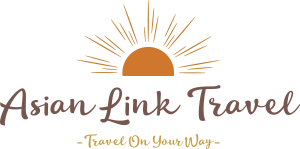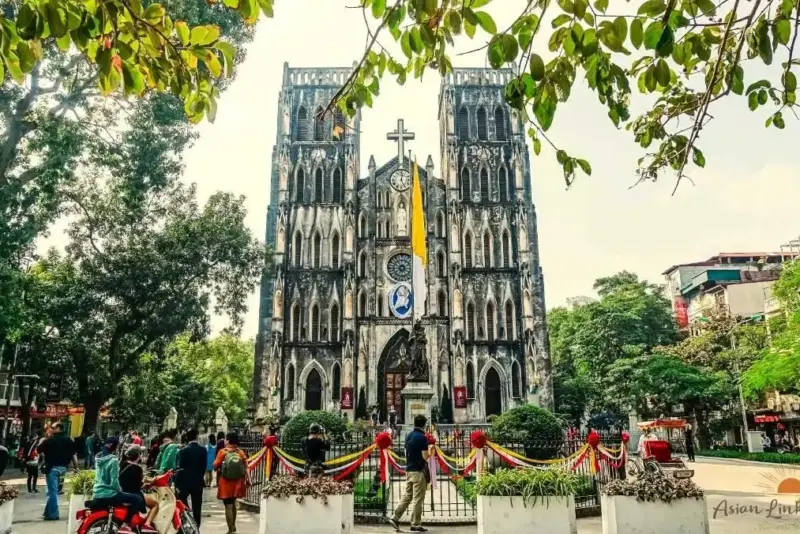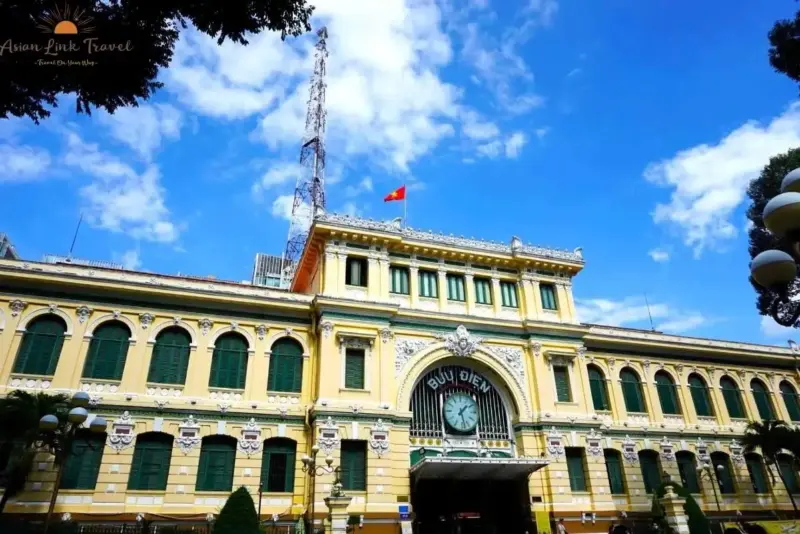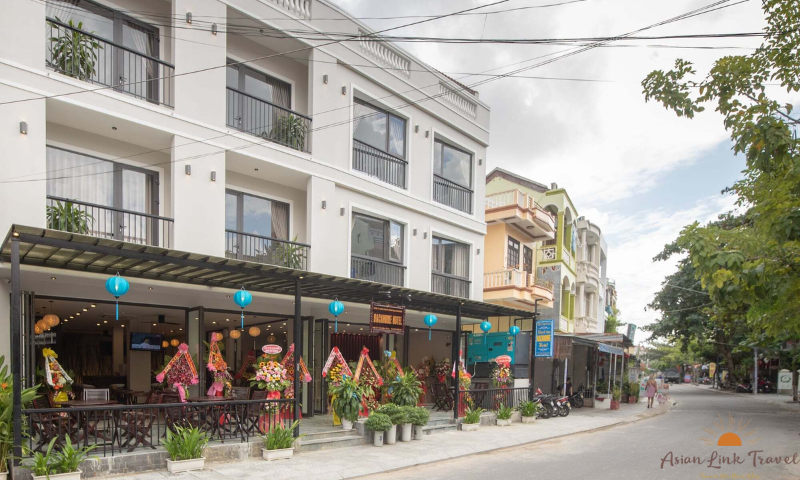
12 Essential Things You Should Know About Traffic in Vietnam
Traffic in Vietnam is both fascinating and overwhelming, especially for first-time visitors. From the endless swarm of motorbikes to the surprisingly fluid chaos of intersections, Vietnam’s traffic is a cultural experience in itself. Understanding how it works, what to expect, and how to stay safe will make your trip smoother and far more enjoyable.
1. The Motorbike Reigns Supreme
Motorbikes are the kings of the road in Vietnam. Over 60 million motorbikes are registered in the country, and they outnumber cars by a vast margin. In cities like Hanoi and Ho Chi Minh City, you’ll see entire families on one bike—sometimes carrying groceries, pets, or even furniture.
The dominance of motorbikes defines the rhythm and flow of traffic in Vietnam. While it may look chaotic, there’s a unique harmony where drivers anticipate each other’s moves with remarkable skill.
2. Crossing the Street Is an Art
Tourists are often shocked when trying to cross busy roads. Traffic rarely stops for pedestrians—even at zebra crossings. The key is to walk slowly and steadily. Vehicles will flow around you as long as you maintain a predictable path. Hesitating or running can be dangerous.
Many locals and experienced visitors describe crossing the street as a leap of faith, but it’s a learned skill and part of the experience of navigating traffic in Vietnam.
3. Road Rules Exist but Are Loosely Followed
Vietnam does have traffic laws, but enforcement can be inconsistent. Red lights are mostly obeyed in larger cities, but in rural areas, they’re sometimes treated as suggestions.
You might see motorbikes riding on sidewalks, going the wrong way on one-way streets, or squeezing through impossible gaps. While it may appear lawless, drivers are generally skilled and aware of their surroundings. Still, visitors should exercise caution.
4. Peak Hours Mean Packed Roads
Traffic congestion is a daily reality in Vietnam’s urban centers. Peak hours are typically from 7:00 AM to 9:00 AM and from 4:30 PM to 6:30 PM. Roads become densely packed with motorbikes, buses, and cars.
If you’re planning to travel during these hours, expect delays and plan accordingly. Ride-sharing apps may show longer wait times, and public transport can become crowded.
5. Ride-Hailing Apps Are a Lifesaver
Using apps like Grab or Be is a convenient and safe way to get around in Vietnam. These platforms allow you to book motorbike or car rides, avoiding the need to negotiate fares or worry about scams.
They’re especially useful for newcomers who feel intimidated by the fast-paced traffic in Vietnam.
6. Helmets Are Mandatory—But Not Always Safe
Vietnamese law requires all motorbike riders and passengers to wear helmets. However, not all helmets meet safety standards. Many locals wear lightweight, inexpensive helmets that offer minimal protection.
If you plan to ride a motorbike, invest in or rent a high-quality helmet. Your safety in the unpredictable traffic in Vietnam depends on it.
7. Traffic in Rural Areas Is More Relaxed
While cities can feel overwhelming, rural areas offer a calmer traffic experience. Roads are less crowded, and driving tends to be slower. However, they come with their own risks—like unpredictable livestock, potholes, and limited street lighting.
Still, rural traffic is a welcome break from the intensity of Vietnam’s urban centers and gives you a different perspective on the country’s transport culture.
8. Public Transport Is Improving but Limited
Vietnam’s public transportation system is growing, especially in major cities. Hanoi and Ho Chi Minh City now have metro systems under development, but they’re not yet comprehensive.
Buses are available and affordable, but routes can be confusing for foreigners. Ride-sharing apps remain the best bet for visitors who want to avoid the complexity of navigating traffic in Vietnam on their own.
9. Driving Yourself Is Not Recommended
Renting a motorbike or car and driving yourself may sound adventurous, but it’s not ideal for most travelers. The chaotic flow, language barriers, and unfamiliar rules can make driving stressful and dangerous.
Unless you’re an experienced rider with international driving credentials, it’s safer to let locals handle the wheel in Vietnam’s bustling traffic.
10. Honking Is Communication, Not Aggression
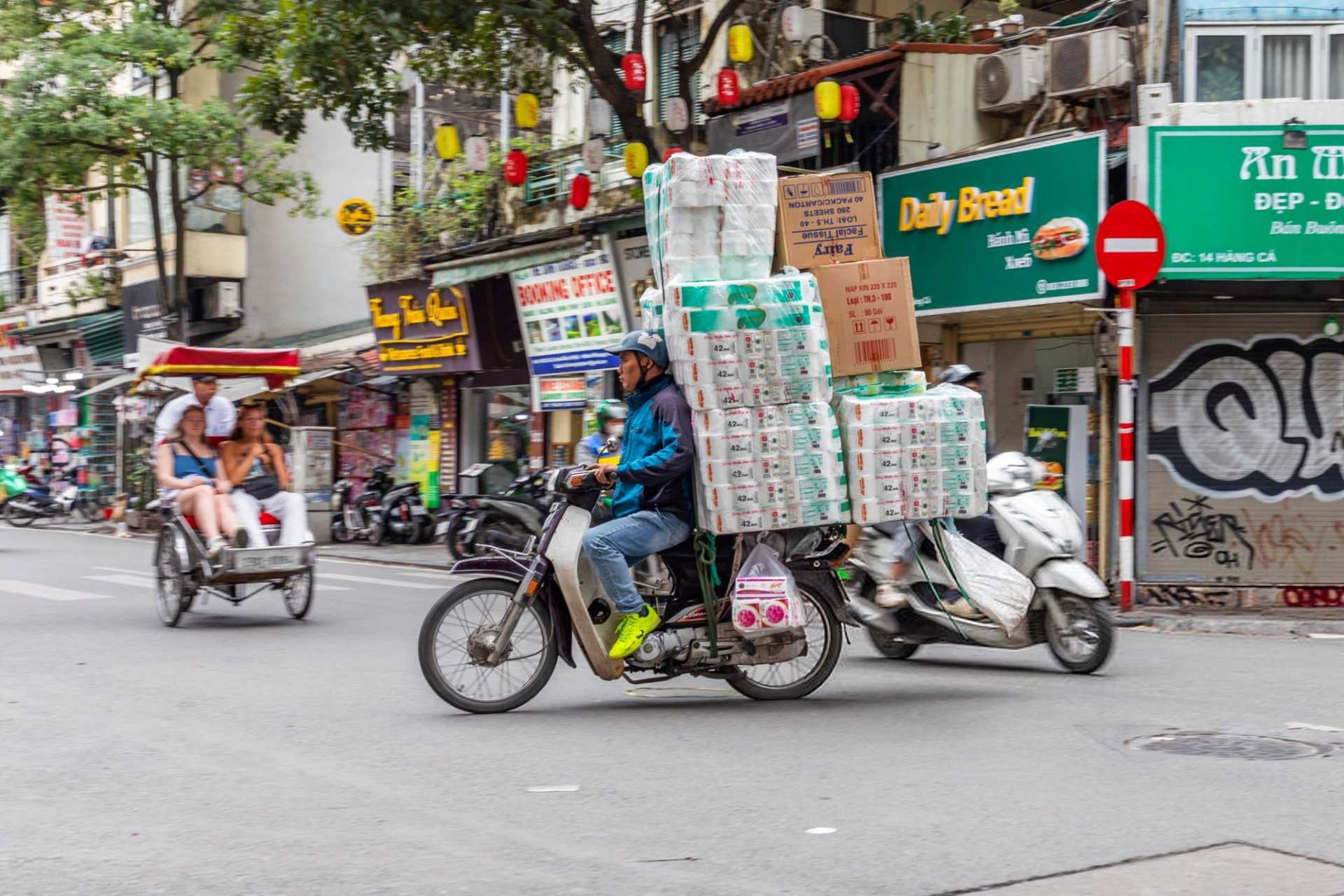
In Vietnam, honking is a way of saying “I’m here”—not a sign of road rage. Drivers honk to alert others of their presence, especially when passing or navigating blind turns.
While it may seem noisy and aggressive to Western ears, it’s simply part of how traffic in Vietnam works. Expect a symphony of honks in any city.
11. Accidents Happen—Stay Alert and Insured
Traffic accidents are unfortunately common, particularly in big cities. Always wear a helmet, avoid riding late at night, and steer clear of speeding drivers.
Travel insurance that covers accidents is strongly recommended. Being prepared ensures you’re protected from the risks of navigating traffic in Vietnam.
12. Embrace the Chaos—It’s Part of the Culture
Once you understand the rhythm and expectations, traffic in Vietnam becomes less scary and more fascinating. It’s a part of daily life and reflects the country’s energy, adaptability, and resilience.
By observing locals, following basic rules, and staying alert, you can experience this organized chaos in a safe and meaningful way.
Final Thoughts
Traffic in Vietnam may feel overwhelming at first, but it’s a vital part of understanding the country’s culture. With a mix of caution, curiosity, and common sense, navigating Vietnamese roads can be both safe and enriching.
Whether you’re riding a motorbike, hailing a Grab, or just crossing the street, learning how to move with the flow will enhance your travel experience. And remember: the roads of Vietnam aren’t just for getting from point A to B—they’re a destination in themselves.
